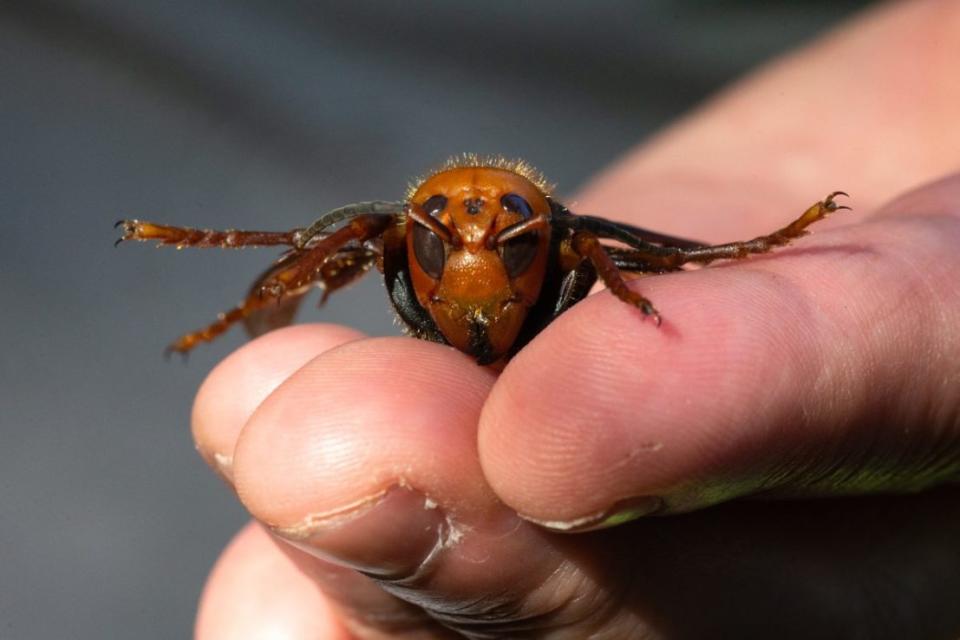Explainer in brief: Asian hornets have invaded the UK, but should you be afraid?

Brits are being told to remain “vigilant” this summer as UK sightings of Asian hornets reach record highs. Not to be confused with Asian Giant hornets (also known as “murder hornets”), Asian hornets pose no greater risk to humans than native hornets (famously amicable); however, they do represent a significant environmental threat, due to their feeding upon honeybees and other pollinators.
It is believed the invasive species first reached Europe in 2004, brought by a pottery shipment from China to France, where the bee-killing pests have since established a firm foothold. The following decade saw multiple sightings across mainland Europe, with the first Asian hornet touching UK soil in 2016. Since then, the creatures have been spotted 106 times across the UK – 56 of which occurred last year, raising fears of the creatures becoming established in the country.
Defra said the National Bee Unit, which destroyed 72 nests in 56 locations (mostly in Kent) last year, remained ready to respond to further incidents and urged Brits to record any sightings on the handy Asian Hornet Watch app (though it reminded loggers to remain cautious when photographing the creatures). So far this year, eight Asian hornets have been “captured” by the unit.
Meanwhile, the Wildlife and Countryside Link (WCL) is calling for the government to triple the annual invasive species biosecurity budget to £3m and to create a biosecurity “citizens army” to fight off the pests, which also pose financial costs. The group warned recent flooding and warming temperatures had made the UK more vulnerable to invasive species, with the Red Imported Fire Ant, Chinese mitten crab and Chinese Mystery Snail also posing a potential threat to the country’s wildlife.
Richard Benwell, WCL chief executive, said: “Invasive species are already one of the biggest threats to the UK environment, from smothering waterways to outcompeting native species.
“They also cause billions of pounds in damage a year to homes and businesses, and even pose risks to human health.”

 Yahoo Finance
Yahoo Finance 